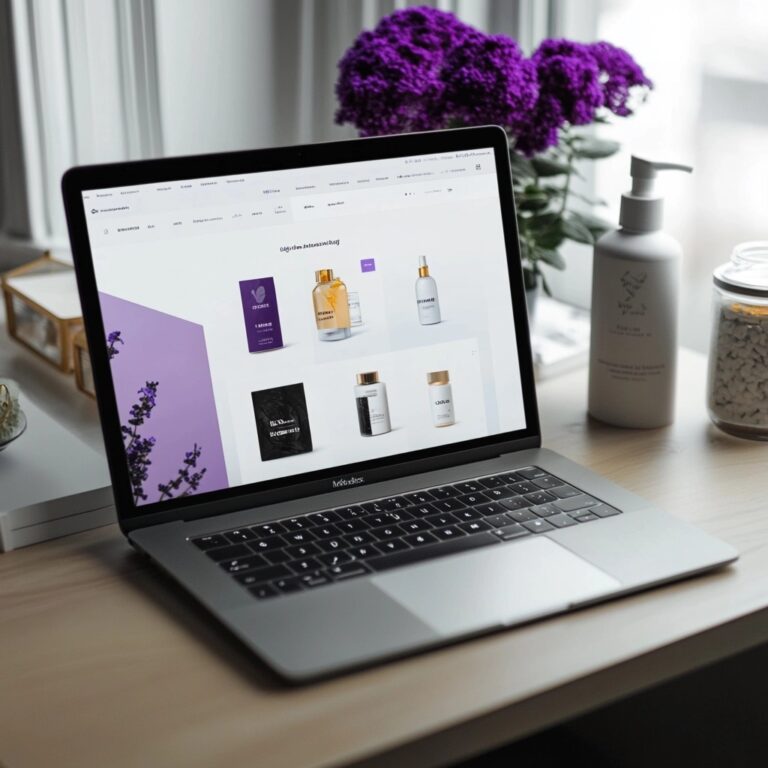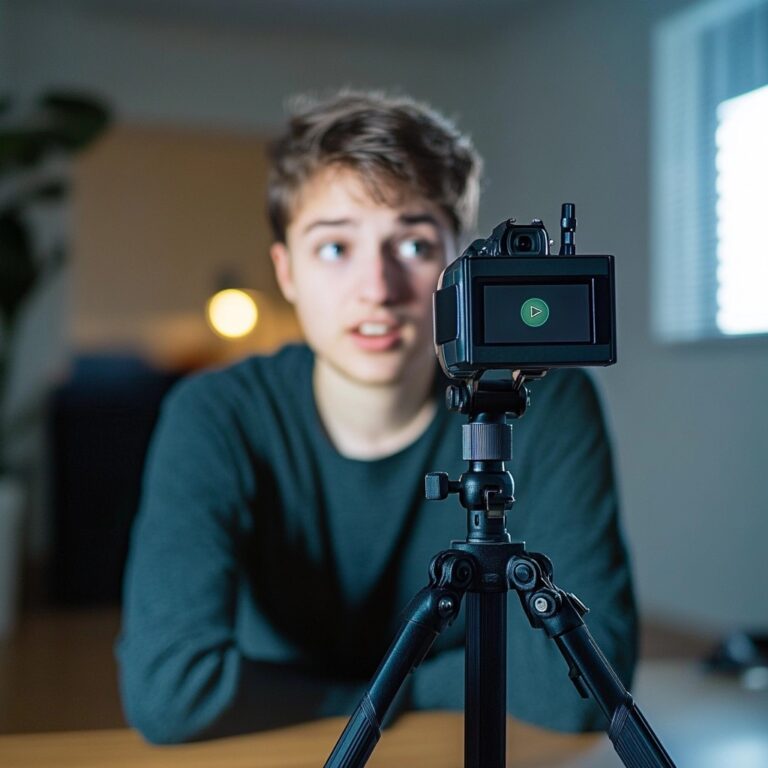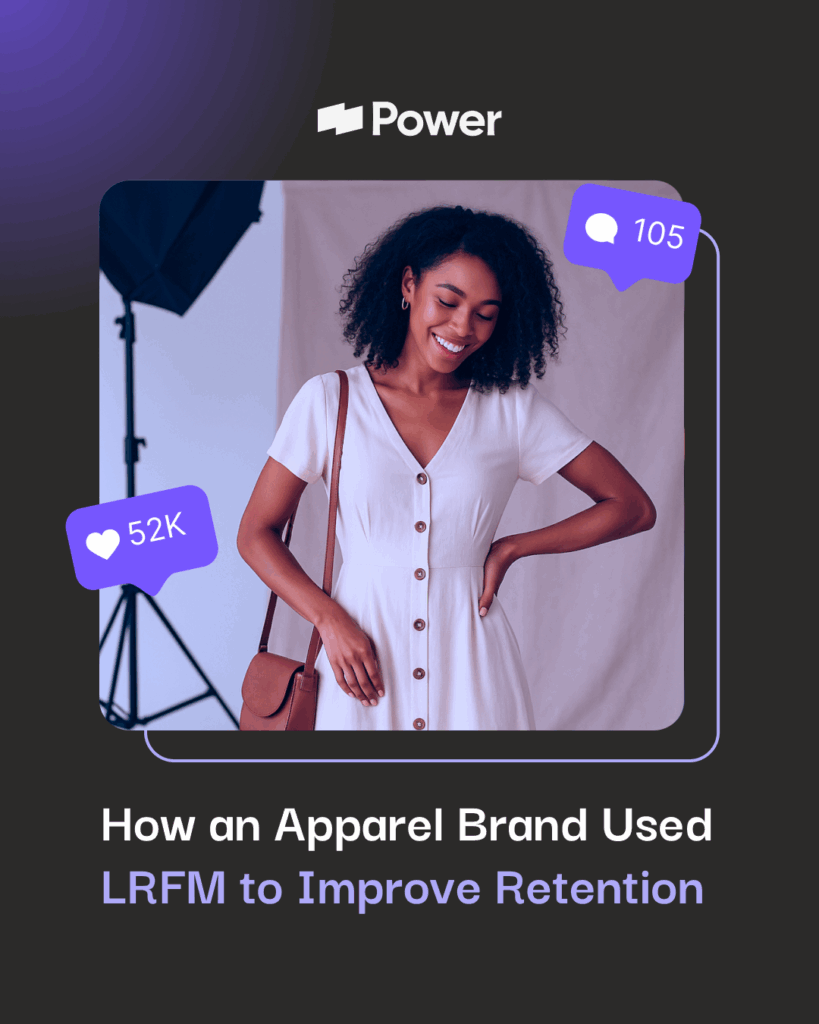How to Cross-Promote Content

We all love the phrase “work smarter, not harder” and we’re firm believers in a cross-promotion strategy that will utilize all parts of the marketing funnel when it comes to your content marketing strategy. Content doesn’t just have to live in one place, like your blog. It can morph and you can flex your content muscles within many different channels. Thinking with a full-funnel approach will only maximize the effectiveness of your content strategies overall and create a synergistic and cohesive feel across all channels. Let’s dive into how to cross-promote content according to our digital marketing agency.
Today, we live in a visual economy where, in order to really capture a consumer’s attention and elicit a click, we need to deliver captivating copy and imagery that is engaging and stimulating. That’s where email promotion can help.
Utilizing email to help cross-promote your content practically does the work for itself. In most cases, the content in question is already created and it’s just a matter of outline your general message and then sending your information out into the world.
Promoting your content via email can be done in three different ways:
- Automated Campaigns
- Broadcast Campaigns
- Newsletters
With an automated marketing campaign, you can easily add your content to a Welcome Series in order to help educate the user on your brand’s identity and core values. Capturing a new subscriber’s interest from the get-go can help to build a strong foundation and help nurture them down the marketing funnel.
Want everyone to know about your premium piece of content? Send a broadcast email. When it comes to broadcasts, the whole purpose is to send out an email that is one and done and only sent to current subscribers. They are designed to inform your readers and promote new announcements. Broadcasts can include announcements, sales, important updates, and digests — AKA your content.
Newsletters also technically fall into the broadcast category but are unique in how they can be presented to your audience. Newsletters can feel incredibly personal and tailored to your brand’s voice, tone, and values, hence making it the perfect vessel to promote your content.
All in all, email can be an amazing resource for cross-promoting your content.
Organic Social
One of the most popular channels to incorporate into your cross-promotion strategy is organic social. Organic social allows you to push your promotions into the feeds of your followers. Anyone who is following your business page has the potential to see a post or story about your latest promotion and has now been further pushed down the funnel.
Nowadays there’s hardly anything that comes free. Organic social is one of the marketing tools out there that actually is free. In fact, it’s essentially free advertising. You can also utilize each social platform to ensure you’re targeting various demographics. Below are some organic social media platforms that you are probably already familiar with:
- TikTok
- Snapchat
The reason why it is beneficial to incorporate organic social into your overall marketing strategy is because it will have a synergetic effect on your marketing outreach efforts. While organic social is free, your audience is limited, so it’s important to use organic social in addition to your other marketing channels.
That being said, organic social is a great channel to use in tandem with your other marketing efforts. You can use organic social to promote new products, services, or events. You can also use it to promote your other platforms or share new blog posts and various content.
Paid Social
Incorporating a paid social strategy into your content marketing strategy can help generate promotion opportunities that would otherwise be untapped. By using paid social as a resource, content can then be used to garner even more views and interaction with potential customers. Rather than an organic social strategy, paid social is sure to get your content in front of your target audience. You can use these platforms to get your content in front of more people, and even use content to lead to more sales.
By understanding the different demographics of each social platform, this will allow you to make sure you are reaching potential users at the right time. A few examples of popular paid social content promotion strategies include:
- Targeted Facebook Ads – boosts, Ads, Pins
- Instagram ads – stories and promoted posts
- Retargeting Display or Facebook Ads
- Linkedin – Sponsored content or sponsored inmail
Facebook and Instagram have the highest return on investment when it comes to sales and targeted audiences. However, there are others that are emerging as new leaders in the paid social space. For example:
- Snapchat ads – filters, lenses, Snap ads
- Promoted Tweets
- YouTube: if you have video content to share, this can be an easy cross-over for the right brand!
- TikTok – in-feed video ads, branded hashtag challenge, branded effects, etc
- Pinterest ads
Regardless of the platform, it’s important to support engagement, whether it’s to click a link to your site, to comment on the post, or share! There are new social platforms emerging all the time, and capitalizing on their views can be a game-changer for your content and brand. Keep in mind that PPC (pay-per-click) can vary greatly depending on the platform and target audience. So always keep in mind that there is a cost/benefit ratio with these kinds of decisions.
Using First-Party Data Within Your Content Strategy
Utilizing first-party data is a great way to keep your content strategy well informed, and can be used across different channels, such as paid search and email. Unlike third-party data, where data is bought from other companies, first-party data is the information you collect from your own, free sources. Obtaining this data comes directly from your customers, site visitors, and followers across social media platforms. First-party data includes information such as:
- Purchase history
- Time spent on your website
- Demographics
- Interests
- And more
First-party data is the most transparent form of data because you own it and are responsible for collecting consent from consumers and complying with General Data Protection Regulation (GDPR). As a top of funnel strategy, you can take these customer insights in a cross channel marketing strategy and produce content that better aligns with the users’ intent or interests. These insights are not only useful for your top of funnel content strategy, but also for departments further down the funnel to create a more personalized customer journey and targeted messaging.
Measuring the Impact
Now that you’ve gone through the process of cross-promoting your content, you’ll want to see the impact that it had. How many impressions, clicks, or sessions did your post drive? Can you pinpoint a single channel that contributed to the success of your content? Measuring the impact of your cross-channel strategy will be so important in understanding what works, what doesn’t, and where you can optimize to achieve better results in the future. So, as you get started with developing your 2021 content marketing plan, don’t forget about those results!
Sources:
- https://www.convinceandconvert.com/content-marketing/how-to-promote-your-content-across-owned-earned-and-paid-media/
- https://neilpatel.com/blog/how-to-integrate-paid-social-in-your-content-marketing-strategy/
- https://contentmarketinginstitute.com/2017/11/guide-paid-content-promotion/
- https://adespresso.com/blog/tiktok-advertising/#:~:text=TikTok%20offers%20several%20options%20for%20paid%20advertising.&text=In%2Dfeed%20ads%20are%20short,to%20self%2Dservice%20advertising%20customers.
- https://www.tiktok.com/business/en-US/
- https://www.onaudience.com/resources/what-is-first-party-data/#:~:text=1st%20vs%203rd%20party%20data,-Let’s%20compare%201st&text=While%20first%20party%20data%20is,customers%20on%20global%20data%20platforms.
- https://blog.hubspot.com/service/first-party-data
- https://gdpr.eu/checklist/
Our Editorial Standards
Reviewed for Accuracy
Every piece is fact-checked for precision.
Up-to-Date Research
We reflect the latest trends and insights.
Credible References
Backed by trusted industry sources.
Actionable & Insight-Driven
Strategic takeaways for real results.









